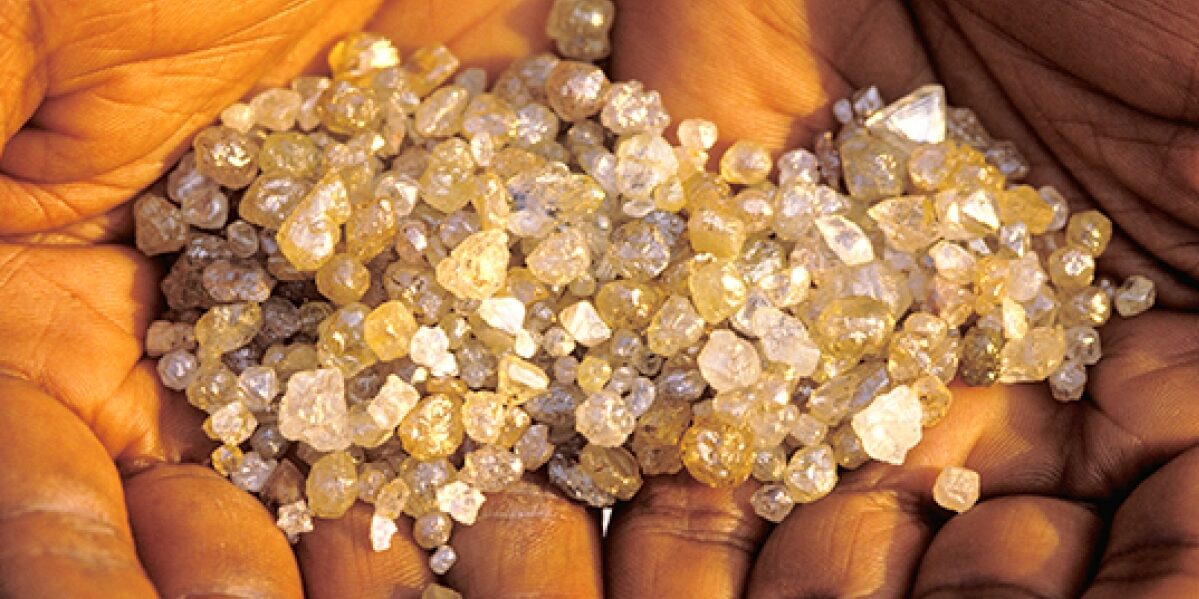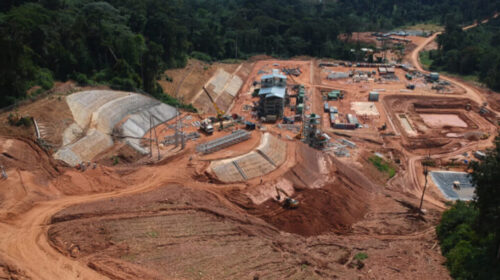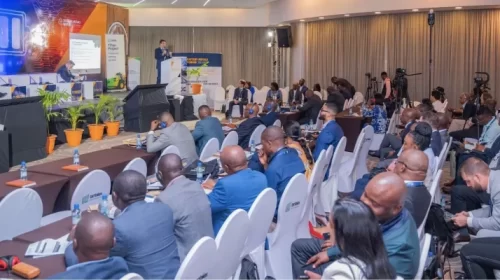The DRC: A Resource-Rich Country
The Democratic Republic of the Congo (DRC) is considered to be one of Africa’s richest countries in terms of natural resources and is home to the Congo River, the second-longest river in Africa, which boasts major hydroelectric potential. Estimates state that it could produce up to 100,000 MW, close to a third of Africa’s total hydroelectric potential.
Having attracted European powers to its southeast Katanga region as early as the 19th century, the Democratic Republic of the Congo has long been rich in natural resources, with immense mineral reserves scattered across the country.
The Katanga region is home to an array of minerals ranging from copper, zinc, cassiterite, manganese, coal, gold, cadmium and uranium, and the country serves as the largest producer of cobalt globally. The country’s mining industry is set to gain even more influence with the predicted exponential demand growth for electric vehicle (EV) batteries, of which cobalt is an essential component. A variety of minerals such as beryl, gold and cassiterite can also be found in great quantities west of Lake Kivu, northwest of Katanga.
Gem-quality diamonds and iron ore are found in the south-central part of the country, while industrial diamonds are abundant across the central regions. The northeastern part of the country contains gold, coal and iron-ore deposits, while the northwestern region features gold, monazite and diamonds.
Lake Kivu, shared by the DRC and Rwanda, contains a large amount of biogas and methane as a result of volcanic activity and degradation of organic matter at the lake’s surface. The latest estimates state that the lake contains up to 60 billion cubic meters of methane gas and 300 billion cubic meters of carbon dioxide that could be transformed into large quantities of natural gas.
The coastal region is a particularly prospective area when it comes to hydrocarbon exploration and production. While bauxite and gold can be found onshore, the DRC’s maritime area holds substantial petroleum deposits. The country currently produces 25,000 barrels of oil a day, and proven reserves are estimated at 180 million barrels. However, estimates of total petroleum reserves exceed five billion barrels and could reach up to 20 billion barrels. Such a figure would position the DRC as the second-largest petroleum holder in sub-Saharan Africa, just behind Nigeria.
Need for Diversification
Agriculture and mining are the backbone of the DRC’s economic structure, as the former provides two-thirds of available jobs and the latter represents 90% of the country’s export revenue.
While market conditions are creating major opportunities in EV batteries, for instance, the country’s economy needs diversification to improve its resilience, access to basic utilities and living conditions, while increasing its influence on the African and global industrial stage. The government has declared economic diversification to be a top priority in the coming years, with a special emphasis on the development of the oil and gas sector. To date, the DRC stands at the 12th position among Africa’s oil producers, with 25,000 barrels a day produced from declining fields operated by leading independent Perenco.
A new government was instituted in January 2019, which stakeholders see as a major opportunity to revitalize the petroleum sector. In April 2019, the DRC’s government announced it would put 38 petroleum blocks on offer for bidding. In May 2020, H.E. Rubens Mikindo Muhima, Minister of Hydrocarbons, announced that the Council of Ministers had agreed to launch a tender process to award selected blocks to petroleum operators.
The government is also making decisive strides in the area of natural gas monetization. In August 2020, H.E. President Félix Tshisekedi urged his administration to fast-track permits and legal processes associated with the valorization of onshore produced natural gas. The announcement falls in line with the country’s leadership goals of reaching universal access to power by 2035.
The DRC’s energy ambition is not limited to natural gas and petroleum. The country is estimated to hold a third of Africa’s total hydroelectric potential. Today, only 2.5% of that potential is exploited to create electricity. Major ongoing projects include the 4.8 GW capacity Inga III dam, which is part of the large-scale Grand Inga Project that could ultimately meet up to 40% of Africa’s energy demand. Other renewable sources of energy are being developed, such as solar: the Kinshasa Solar City project aims to build several solar power plants totaling 1,000 MW capacity.
While mining continues to provide economic stability and agriculture stimulates local job creation, the DRC’s future can only be envisaged through the growth opportunities procured by its mineral-rich soil and hydrocarbon potential. The development of these industries, as well as renewables, will be driven by the government’s commitment to attracting foreign investment, improving its business climate and creating a long-term, profitable and sustainable framework.
105 total views , 1 views today





